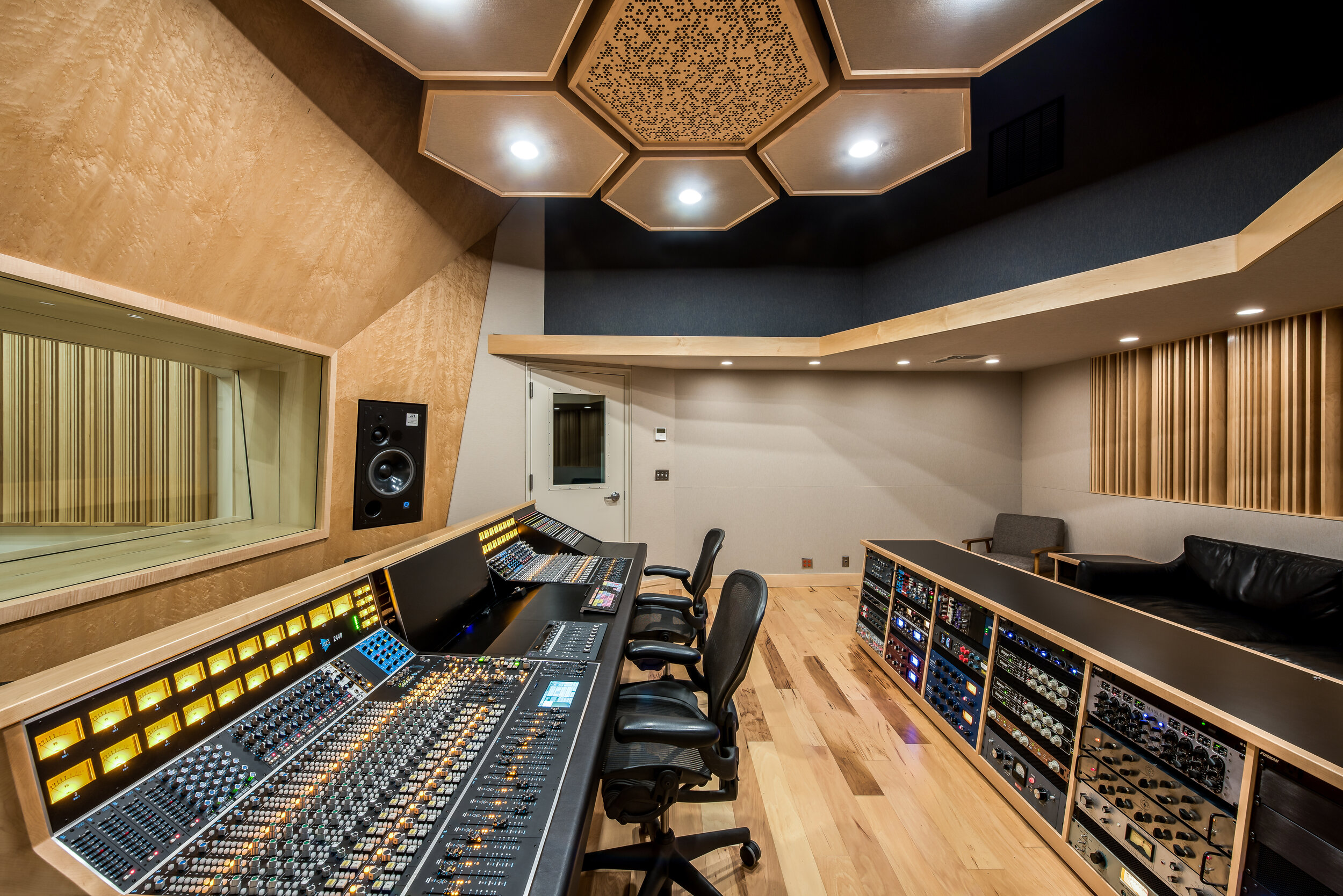Studio & Recording - Sweetwater Can Be Fun For Everyone


11 tips for anyone who wants a career in a recording studio - MusicRadar
See This Report about Recording studio - Wikipedia

Thomas A. Watson invented, but did not patent, the soundproof booth for usage in demonstrating the telephone with Alexander Graham Bell in 1877. There are Click Here For Additional Info of the same idea, consisting of a portable standalone seclusion cubicle, a compact guitar speaker isolation cabinet, or a larger guitar speaker cabinet seclusion box.
All rooms in a recording studio might have a reconfigurable mix of reflective and non-reflective surfaces, to manage the quantity of reverberation. In animation, singing efficiencies are normally tape-recorded in individual sessions, and the actors have to envision (with the help of the director or a reader) they are included in dialogue (rather than a monologue).
In some cases, if the rapport in between the lead stars is strong enough and the animation studio can manage it, the manufacturers might use a recording studio set up with numerous seclusion cubicles in which the stars can see each another and the director. This enables the stars to respond to one another in real time as if they were on a regular stage or movie set.

EPIC RECORDING STUDIO Setup 2021 - Welcome to 1979 (studio tour) - YouTube
Not known Factual Statements About June Audio Recording Studios - Provo
Throughout this age it was not uncommon for recordings to be made in any readily available location, such as a regional ballroom, using portable acoustic recording devices. In this duration, master recordings were made by cutting a turning cylinder (later disc) made from wax. Entertainers were normally grouped around a large acoustic horn (a bigger version of the familiar phonograph horn).
Following the development and business introduction of the microphone, the electrical amplifier, the mixing desk and the loudspeaker, the recording industry gradually transformed to electrical recording, and by 1925 this technology had replaced mechanical acoustic recording methods for such significant labels as RCA Victor and Columbia, and by 1933 acoustic recording was totally outdated.
1956. Electrical recording prevailed by the early 1930s, and mastering lathes were electrically powered, but master recordings still had actually to be cut into a disc, by now a lacquer, likewise understood as an Acetate disc. In line with the prevailing musical trends, studios in this duration were mainly developed for the live recording of symphony orchestras and other large critical ensembles.
